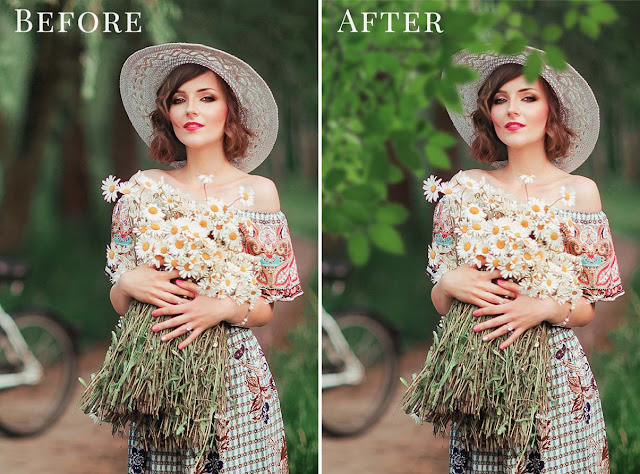12 Northern Night Digital Paper Free Download Add some cool night air to your gadgets and designs with these 12 digital papers! This material will make your lakes freeze or figures turn into icy sculptures. Overlay Once applied, every infinitely scale able northern-night texture gives a photo realistic, clinking impression of frostiness and bitter cold.
Just choose among the variety of glass transparency, blue and green shimmer, and snow white serenity. Create Northern worlds with this night-sky package and give your objects a cool ice look. There are various tools available that offer you textures, facets and even color richness of night-sky elements.You Can Also Download 100+New Magic Light Overlay For Photoshop
Make your scenes a fascinating game of transparency and structure. All pictures are much more than mere textures. The atmosphere of a fairy-tale and a fantasy ensures a photorealistic representation. Do not hesitate to use the popular image-editing programs to work with the pack. Check the samples and reviews and start creating magic!
See what you will be able to do
Below you can find Preset Power Examples from each Package.


Details:
12 digital papers 12 x 12 inch (3600 x 3600 px) – 300 dpi – jpg file format
Download the File Easily From the Download Link Given Below
Password is: dgpik.com
How to Use Overlays in Photoshop
Using overlays in Photoshop allows you to add texture, effects, or additional elements to your images. Here’s a step-by-step guide on how to use overlays in Photoshop:
- Open Photoshop: Launch Adobe Photoshop on your computer and open the image you want to work with.
- Prepare the overlay: Locate or create the overlay you want to use. Overlays can be images, textures, patterns, or even text. Ensure that the overlay file has a transparent background or a background color that will work well with your image.
- Drag and drop the overlay: With both the image and the overlay open in Photoshop, click and drag the overlay file onto the image file. This will create a new layer containing the overlay on top of your image.
- Adjust the overlay position and size: If the overlay is not in the desired position or size, you can use the Transform tool. Select the overlay layer in the Layers panel (usually located on the right-hand side of the screen) and press Ctrl/Cmd + T or go to Edit > Free Transform. Resize, rotate, or reposition the overlay until it covers the area you want.
- Blend modes and opacity: Experiment with different blending modes and opacity settings to achieve the desired effect. The blending modes control how the overlay interacts with the underlying image, while the opacity determines the transparency of the overlay layer. You can find these settings in the Layers panel.
- Layer masks (optional): If you want to apply the overlay to specific areas of the image, you can use layer masks. With the overlay layer selected, click on the Layer Mask icon at the bottom of the Layers panel. Use the Brush tool and paint with black on the layer mask to hide parts of the overlay or white to reveal them. You can adjust the brush opacity and hardness for more precise control.
- Additional adjustments: You can further adjust the overlay and image by applying other Photoshop adjustments, such as levels, curves, or color balance. These adjustments can help blend the overlay seamlessly with the image.
- Save and export: Once you are satisfied with the overlay placement and settings, save your edited image. Go to File > Save or File > Save As to preserve the changes in a new file format or location.
By following these steps, you can effectively use overlays to enhance your images in Photoshop. Remember to experiment with different overlays, blending modes, and adjustments to achieve the desired creative effect.







